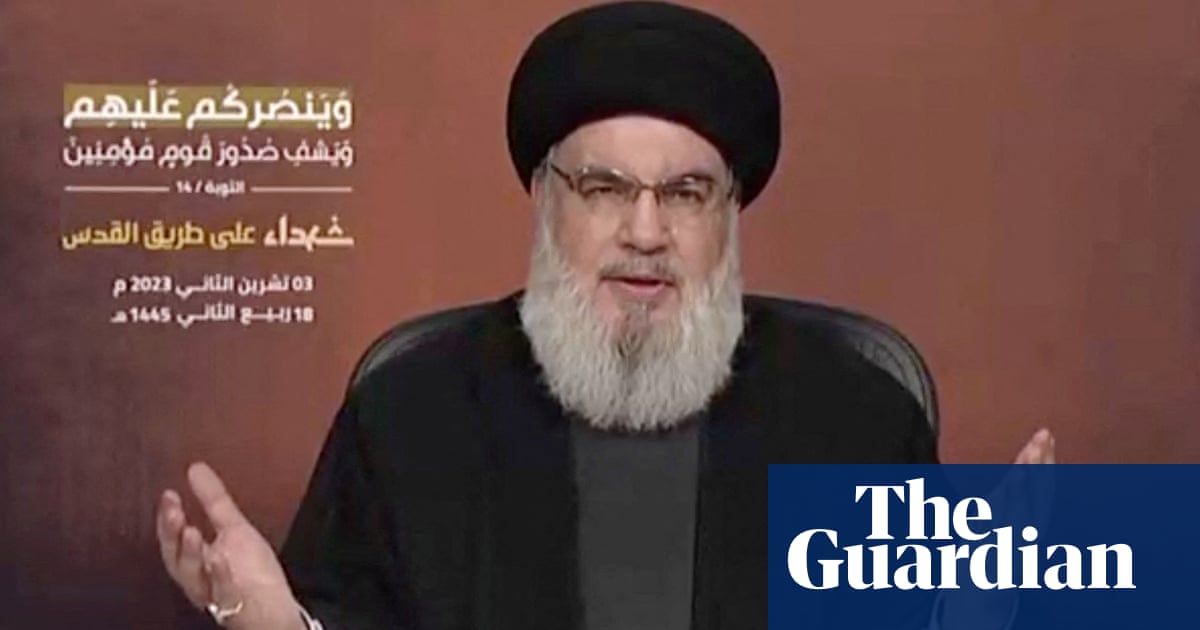
Israel's prime minister, Benjamin Netanyahu, announced that the intense phase of the war with Hamas in Gaza is coming to an end. However, he cautioned that this does not mean the war itself is over. Instead, Israel may shift its focus to Hezbollah in Lebanon (New York Times).
Hassan Nasrallah, the leader of Hezbollah since 1992, arrived in Bint Jbeil, Lebanon on May 26, 2000 after Israel withdrew from southern Lebanon. Since then, Hezbollah has transformed into a political and social powerhouse with significant influence in Lebanon (The Guardian).
Hezbollah and its allies, known as the 'axis of resistance,' are prepared to confront any military action by Israel against Lebanon. The axis of resistance has more than 100,000 fighters combined. Hezbollah already had over 100,000 fighters and rejected offers from leaders of armed groups who were offering to send their foot soldiers to Lebanon (Al Jazeera).
The Houthis in Yemen view their relationship with Hezbollah as foundational and have been coordinating with them for years. Israel has reportedly continued to use white phosphorus in south Lebanon, and there is a possibility of a limited ground invasion or an expanded aerial war in which Israel targets areas that are Hezbollah strongholds and Lebanese infrastructure (Al Jazeera).
Netanyahu's announcement comes as tensions between Israel and Hamas have escalated since May, leading to intense fighting in Gaza. The conflict has resulted in the deaths of hundreds of Palestinians and Israelis. Hezbollah, a Shia Muslim militant group based in Lebanon, has been a long-standing adversary of Israel (New York Times).
Despite the potential for a new conflict with Hezbollah, Nasrallah remains defiant. In recent speeches, he has fused Shia theology and liberation rhetoric to rally support for resistance against Israel (The Guardian).



